Olympus OM Cameras
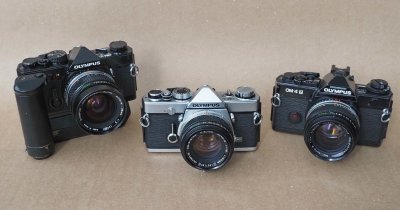
The Olympus OM-2n (left), the OM-1n and the OM-4T. |
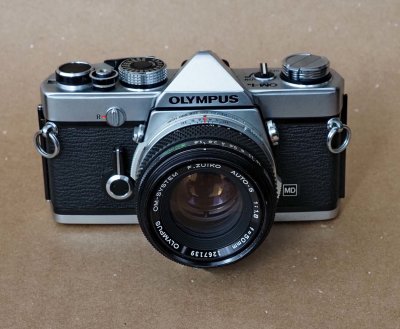
The revolutionary OM-1 (here the OM-1n version) |
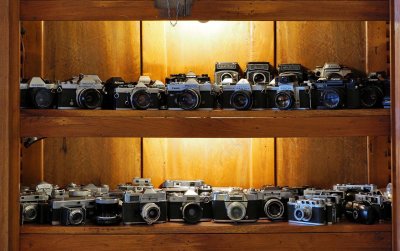
The Camera Collection takes two shelves of my living room furniture. |
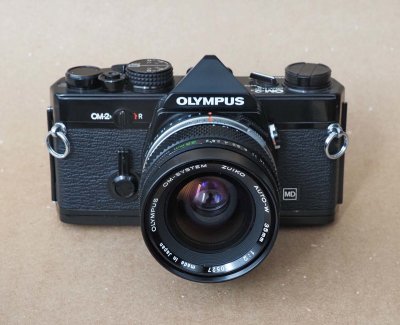
My favorite one: Olympus OM-2n; that is my most employed camera in the film era. |

With the OM-2, Olympus created the concept of OTF ("on the film"); the light mettering was taken directly on the film. |

The Olympus OM-4T body had two versions: Black and Champagne finishing. |
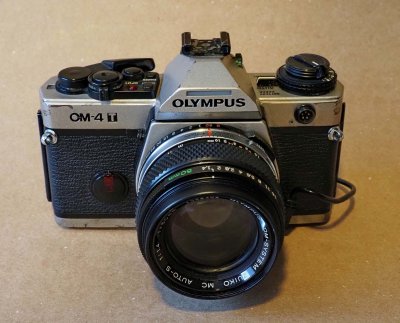
The Olympus OM-4T, Champagne body. |
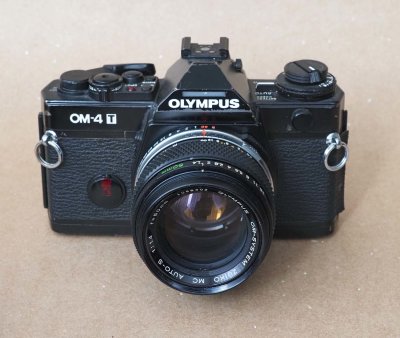
The advanced OM-4T; excellent, with features still not found in modern DSLR cameras. |
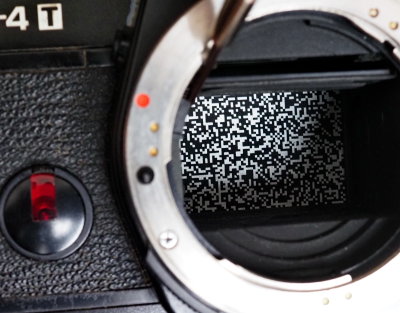
The OM-4 (and later this OM-4T) also used the OTF way of calculatiing the exposure. |
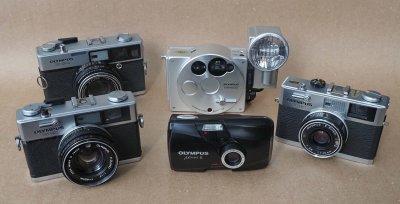
The compact ones: 35 SPn, 35 RD (the most advanced), O-Product (thanks Arnulf), Mju II and 35 RC (the cutest one) |

My Olympus Zuiko lens Collection: 21/3.5, 24/2, 28/2.8, 35/2, 40/2, 50/1.4, 50/1.8, 55/3.5 macro, 100/2.8, 135/2.8 and 200/5. |
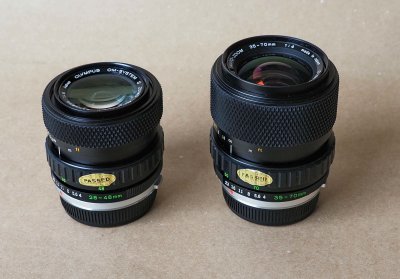
Recenty, I found these two zooms: the wide-angle-standard 28-48/4 and the trans 35-70/4. Optical quality is superb. |
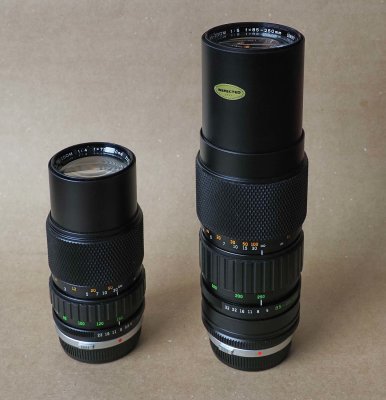
I also bought these two nice tele-zooms: the 75-150/4 and the 85-250/5. The optical quality is also superb. |

How to use the FF Olympus lenses nowadays? With Canon EOS cameras: in my case with the 6D and adaptor. |
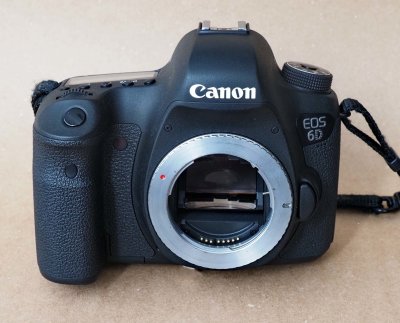
Do we need one adaptor per lens? No, just one, fitted in the camera; it is enough. |

The collection in my living room. |
click on thumbnails for full image











